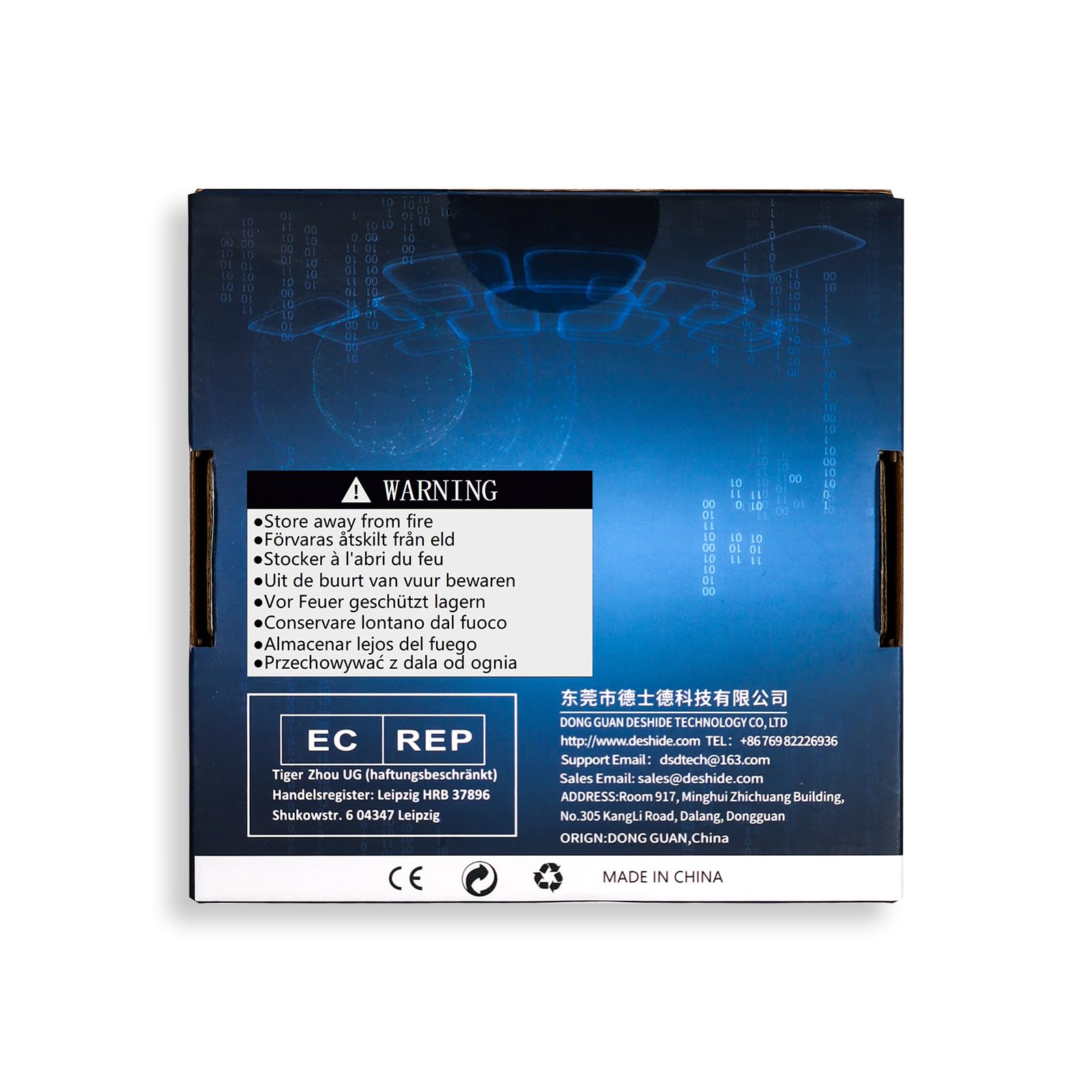Customer Services
Copyright © 2025 Desertcart Holdings Limited
Desert Online General Trading LLC
Dubai, United Arab Emirates











🚀 Elevate your data game with ultra-reliable, long-distance LoRa power!
The DSD TECH SH-B50L is a professional-grade LoRa adapter designed to convert RS232/485 signals into long-range wireless transmissions. Operating within the 850.125~930.125MHz band and powered by the Semtech LLCC68 chip, it delivers up to 22dBm transmit power and exceptional -129dBm sensitivity, enabling stable communication over distances up to 1.5KM. Its wide 5V-24V DC input and industrial temperature tolerance make it ideal for complex environments. Exclusive compatibility with DSD TECH’s SH-L1A ensures secure, proprietary data exchange, backed by a 1-year warranty and responsive technical support.
| Brand | DSD TECH |
| Package Dimensions | 12.5 x 12.19 x 3.2 cm; 200 g |
| Item model number | SH-B50L |
| Manufacturer | DSD TECH |
| Are Batteries Included | No |
| Item Weight | 200 g |
Trustpilot
5 days ago
4 days ago